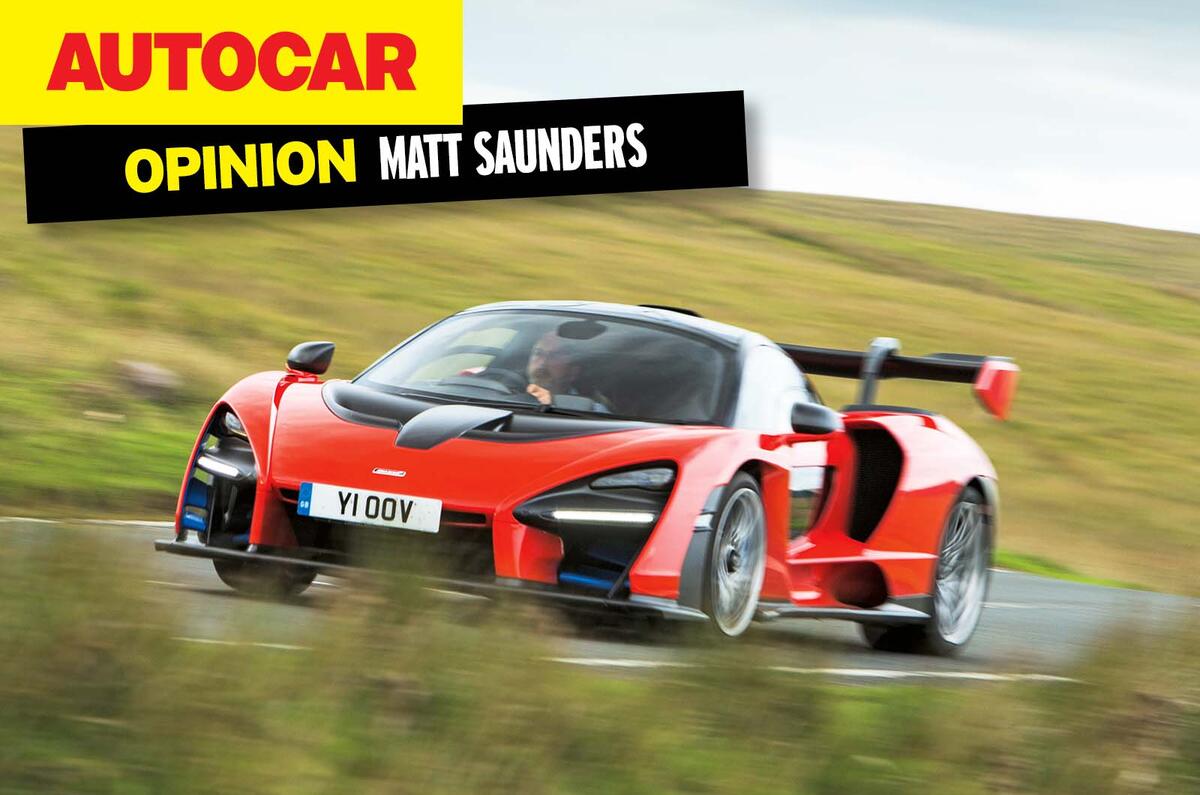The Cupra Born VZ has 779mm axle overhangs – “front and back!”, as Ross from Friends once memorably exclaimed. They match.
And in however many road test datasets it is that I’ve had the honour to compile in 13 years of being an Autocar road tester and another seven on the periphery of being one, I can’t think of a single other test subject of which you could say that.
I hadn’t actually recognised as much when poring over the car in the metal, but as soon as I noticed the numbers themselves, I had a funny sensation that I sort of knew it all along.
There’s a pervasive visual quality about the Born that makes it look like the sort of car that should have matching overhangs. And I find myself wondering if that’s precisely the kind of thing that makes it a well-designed car.
Which brings me to the real topic of this column. What is effective car design? And exactly how able do most of us mere observers feel to judge it? Would we have better-looking new cars if only we were more ‘design-literate’ as an enthusiast population?
Or is it okay to reduce its debate to the same old subjective non-conversation of “this one looks good and that one doesn’t” or “I just like this one and I’m not really sure why”? Shouldn’t we all strive to appreciate car design at a more meaningful level and ideally using the same set of rules?
I’m a lot more confident judging a car now than I was as a 21-year-old, and in almost every respect, but design isn’t one of them. Almost nothing that I’ve done in a car, with a car or even when standing near a car and peering at it intently and at length has ever changed that.
Now as then, I know when I see something that I like or dislike. I also know when something looks right and even more clearly when it doesn’t. I can describe the features of a car that appeal to me and those that don’t (and usually the ‘spudders’, as less appealing models have come to be known here at Autocar HQ, are the more fun to write about).
But the tools that I can use to judge whether a car has been designed well are barely any more numerous at my disposal today than when I was a teenager. There are few parts of my professional life, video presenting skills excepted, about which I feel more inadequate.
There are some telltales I’ve picked up, of course. Scrutinising the stance of a car, how it sits on the road and how well its wheels fill out their arches. Extending the line of the A-pillar to see if it intersects with the middle of the front wheel.
Looking for hints of ‘the golden ratio’ in its proportions. These can really only help you to anatomise a badly designed car, though; they’re of limited use in sorting the great from the merely pretty good.
The more I think about it, though, the more convinced I am that the mistake we make is to assume in the first place that it’s the designer’s job to make a car look good. It’s reductive. It may be part of the job, but if the definition of ‘good’ is out of your control anyway, why not aim for something that you can actually achieve?
In some of the most successful, evocative car designs of recent years that I can think of, shape and form have been used to express something fundamental to the positioning or mission of the car in question.
There’s something sculptural about it: the sheer brutality of the McLaren Senna, the shrink-wrapped sense of power of the Ferrari F12 Berlinetta, the sci-fi futurism of the Porsche Taycan and, yes, the equal-length overhangs of the Cupra Born.
In making you wonder why a car like this might have them in the first place and what the sense of symmetry they convey means, they make you stop and think for a moment. Which – on a different order of magnitude, I grant – is what art does.




Join the debate
Add your comment
Design first and foremost should communicate the purpose, use and objectives of the subject. Cars are not static objects, they should be designed and styled to be dynamic, which is why so many VAG designs are rubbish. They have tried to impart a sense of 'solidity' and 'architectural quality' above all else, which is fine for a house, bridge, or washing machine, but not something travelling at speed down the road. With regard to the subject of the article, unequal overhangs impart visual dynamism. Even overhangs make it look like is is anchored to the ground. Terrible.
Great car design is one of the greatest forms of art. The majority of art pieces hang on a wall or sit on a plinth. Cars, however, are dynamic. A more sculptural form of art designed to manipulate the refraction and reflection of light across its surfaces as it moves.
Well, having said that. Cars used to move. Until they became collectors items. Then some of the best designed, and coincidentally, some of the most beautiful cars become static art installations. A travesty.
Quite often when discussing cars people say a given car is ugly or good looking, but what they actually mean is unconventional or conventional. Many car buyers are deeply conservative and want to make a safe choice. This is boringly OK, but it doesn't move the bar and we would never have had unconventional classics like the Porsche 911, classic Land-Rovers, VW Beetles, 2CVs or Minis, if everyone had this outlook. A case in point is the original Ford Mustang. Most people in the 1960's bought the coupe and the convertible. Only now do we recognise that the true classic is the fastback, which was the unconventional choice at the time.